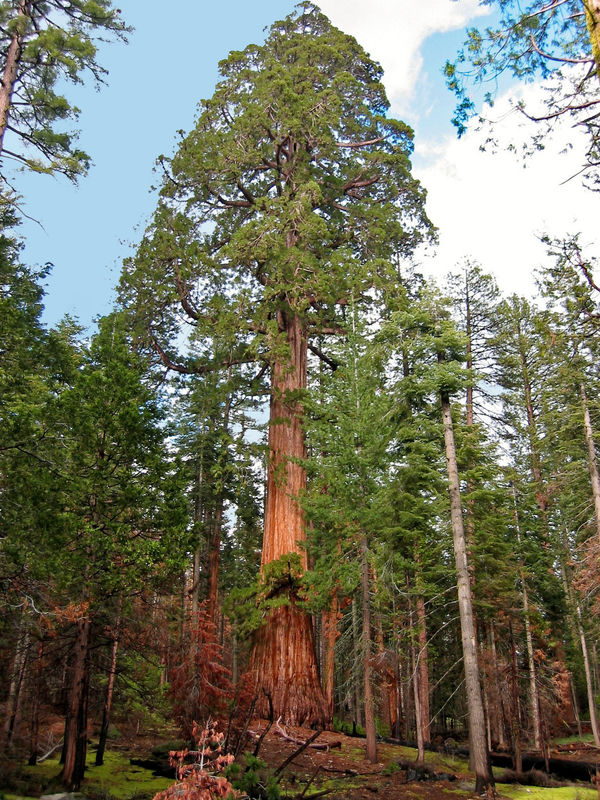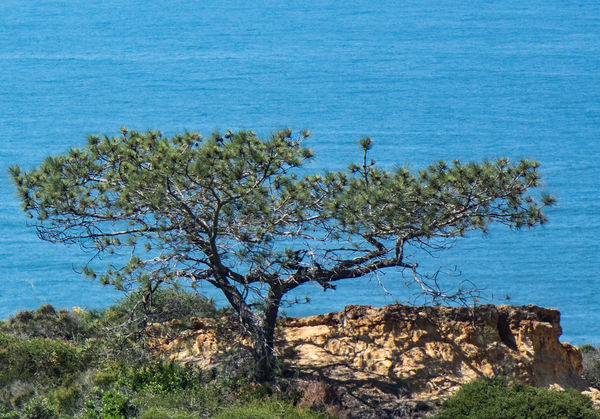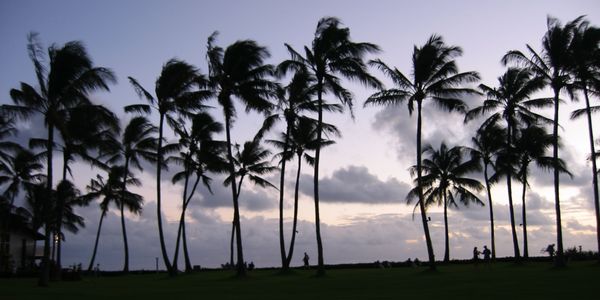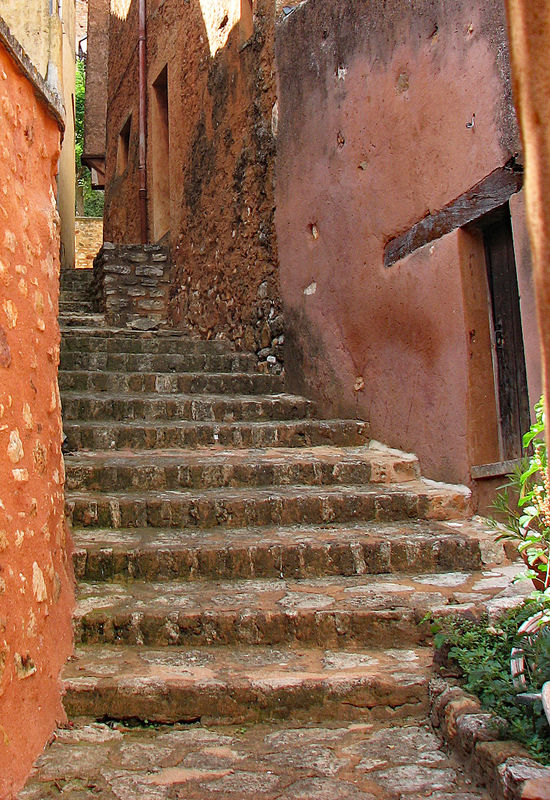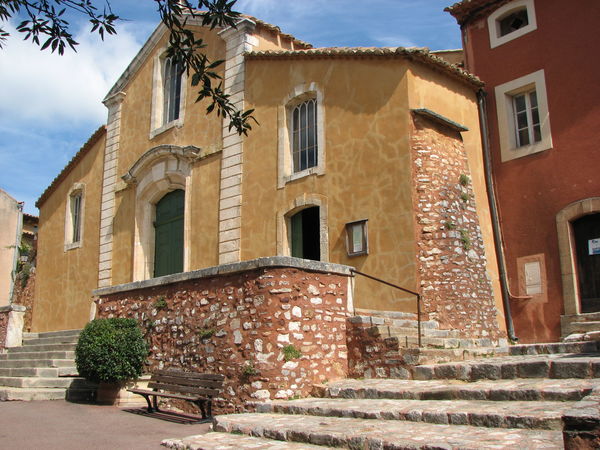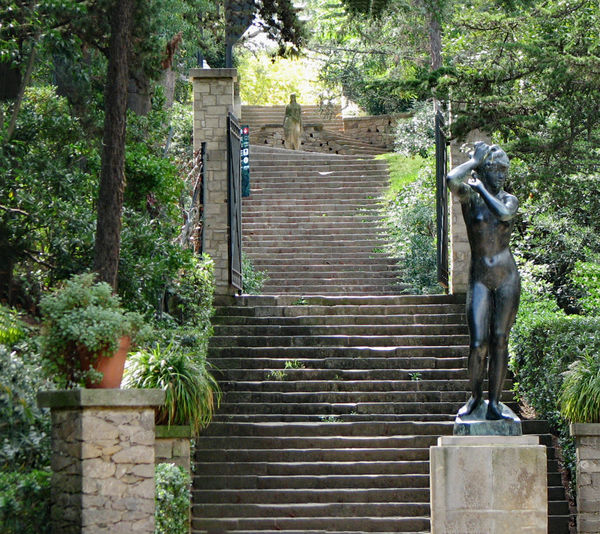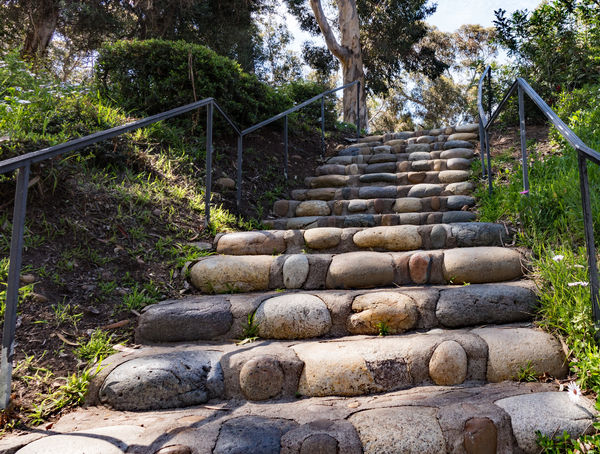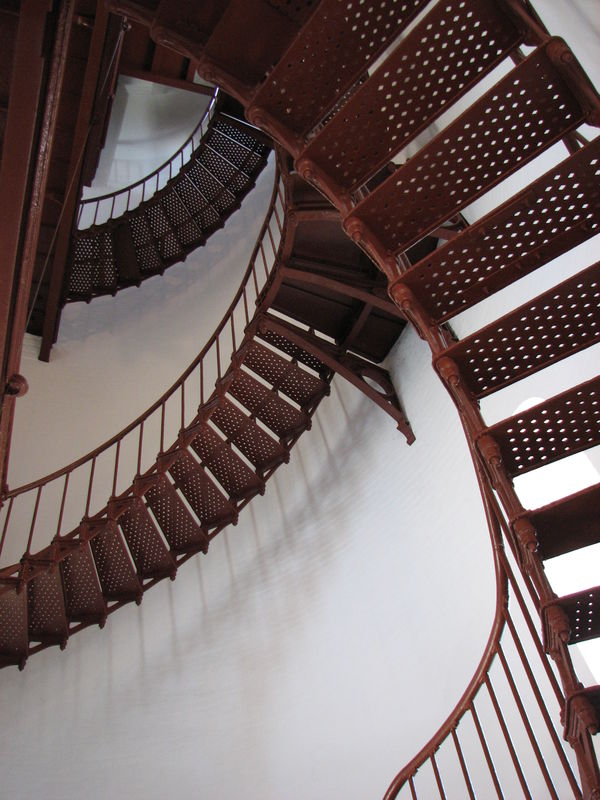First, some words on the Sunny 16 rule. It says that for daylight, use an aperture of f/16 and shutter speed of 1/ISO (e.g. 1/100 sec for ISO 100). For other lighting conditions, you want to use other apertures. These are the conditions (from James Martin, Digital Photography Outdoors):
f/22 Snowy/Sandy (Dark shadows with sharp edges)
f/16 Clear & Sunny (Distinct shadows)
f/11 Slightly overcast (Soft shadows around edges)
f/8 Overcast (Barely visible shadows)
f/5.6 Heavy overcast (No shadows)
f/4 Open shade/Sunset (No shadows)
You can get a vinyl sticker (oval or rectangular) from Cafe Express; see http://www.cafepress.com/+sunny-16-rule+stickers
I have relied upon this rule in the past, when shooting film with a mechanical shutter camera, when my battery for my meter died. These days, it is still useful for checking your exposure compensation setting if shooting strongly backlit scenes.
The rule doesn't actually specify what shutter speed, aperture, and ISO to use, just that their relationship is fixed. More on picking these settings later.
Second, how to set exposure for dusk (or dawn). The best approach is to meter the sky for your exposure. If your scene includes city lights, then at some point the exposure will balance with the city lights and your shot will pop. I use the following exposure guidelines:
5 min before sunrise / after sunset, f/8 for 8 seconds (ISO 100)
10 min before sunrise / after sunset, f/8 for 15 seconds (ISO 100)
15 min before sunrise / after sunset, f/8 for 30 seconds (ISO 100)
City light balance is usually a couple of minutes around the 15 minute mark. This varies with conditions, so take a few shots each way.
Finally, we get to the exposure settings. These are shutter speed, aperture, ISO, and exposure compensation. Here's what they're for:
Shutter speed is used to control motion blur, subject or camera. The rule for hand holding is to use a minimum shutter speed that is 1/focal length in full frame (so 1/50 sec for 50mm FF, 1/75 sec for 50mm APS-C, 1/100 sec for 50mm micro four thirds). Basically, apply the crop factor to the lens focal length to get equivalent focal length and use it for the ratio. Image stabilization in the lens or camera can allow even slower shutter speeds. If the subject is moving, then you need faster shutter speeds regardless of whether you have image stabilization.
Walkers, 1/125
Runners, 1/500
Fliers, 1/2000
If panning, then use the minimum shutter speed for hand holding.
Aperture is used to control depth of field (DOF), which is how far in front and behind the point of focus should appear to be in focus for a normal print. This is also subject to adjustment for sensor size, using the crop factor. Aperture is a ratio, so smaller numbers mean larger apertures, which have shallower depth of field. But larger apertures also let in more light, so they can be used to compensate for faster shutter speeds. In fact, aperture and shutter speed can be thought of similarly; f/1.8 lets in more light than f/16, just as 1/50 sec lets in more light than 1/2000 sec.
Typical aperture settings for full frame:
Portrait with shallow depth of field, f/2.8 or larger (e.g. f/1.8)
Standard portrait, f/4-f/8
Landscape, f/11-f/22
Beyond f/16, an effect called diffraction begins to cause the image focus to soften, so such tiny apertures are generally not recommended.
Aperture is also adjusted for crop factor, so f/4 on full frame is f/5.6 on APS-C and f/8 on micro four thirds.
ISO is used to brighten the image when read from the sensor. High ISO settings produce noise in the image; how much depends on the camera sensor type and size. You want to know what ISO settings are good, acceptable, and crappy for your particular camera. Unless you need to increase ISO, it is usually best to use the base ISO of your camera (which will be 50, 100, or 200).
Finally, exposure compensation is used to adjust the exposure above or below what your meter says is a good exposure. This is done to compensate for scenes with high contrast, lights, shadows. Increase exposure compensation if you are trying to expose for the shadows, decrease exposure compensation if trying to expose for the highlights. With digital, try to not overexpose the highlights if they are part of your subject.
For example, shooting runners in the shadow of a building during bright daylight. ISO should be set to base value. Shutter speed should be high (1/500) unless panning for motion. Aperture should be moderate, because shallow DOF helps separate the subject from the background, but if the aperture is too large then your subject might move out of the in focus region between focus and exposure. Using continuous auto focus or pre-focus can help. Because the subject is in shadow, one to two stops exposure compensation are added.
If the result will be overexposed, then increasing shutter speed will have minimum effect. Using smaller apertures (larger f/number) will produce deeper DOF and reduce subject separation from the background.
If the result will be underexposed, then using using larger apertures will produce shallower DOF and risk the subject being out of focus. Using slower shutter speeds will risk motion blur from the subjects motion. Increasing ISO will have minimum effect until the ISO reaches unacceptable noise levels for your camera.
Adjusting Sunny 16 settings. The Sunny 16 rule says f/16, 1/100sec, ISO 100. But if I want a shallow DOF, then I may want f/4, which is 4 stops faster than f/16 (f/5.6, f/8, f/11, f/16). So the shutter speed and/or ISO must adjusted by 4 stops. Each stop is a doubling, so shutter speed should be 1/1600.
The exposure settings are a trade between motion blur, depth of focus, and noise. If your exposure is within the desired range of these settings, then you are good to go. If not, then you need to decide which of these features is more important for the shot. This process comes from experience; to get that experience you need to shoot a lot and assess your photos to see how they are affected by these settings.
First, some words on the Sunny 16 rule. It says t... (
show quote)



